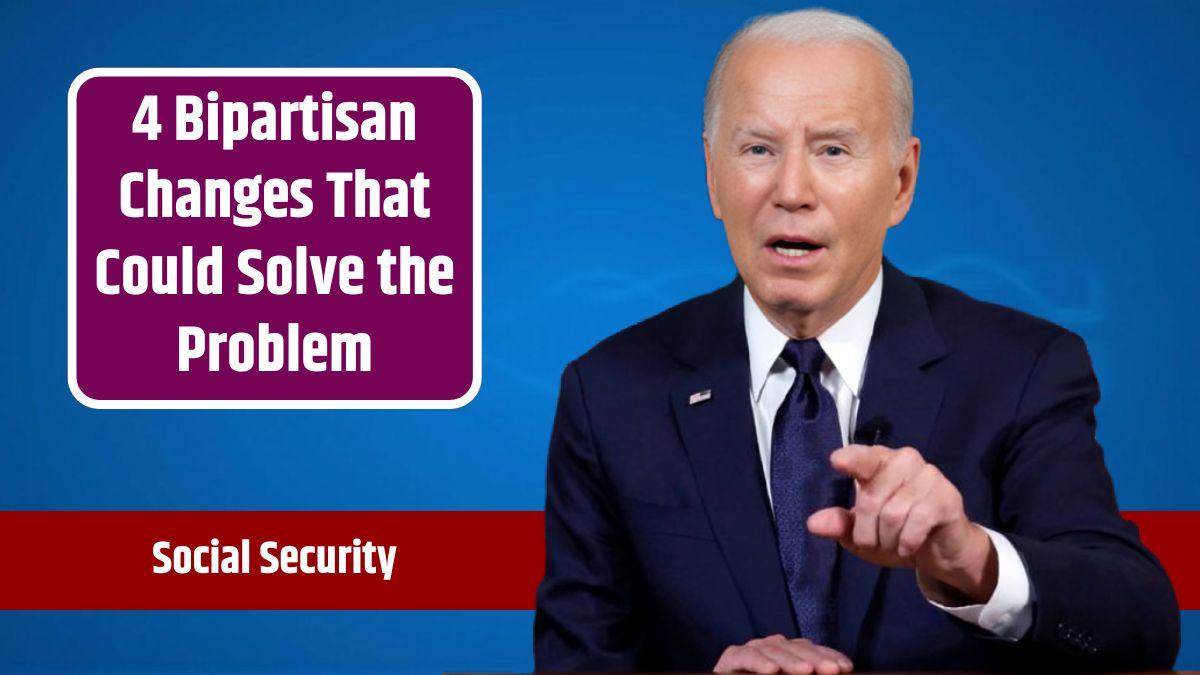Social Security has been a lifeline for retirees for decades, but the program is facing a funding crisis. As the baby-boom generation retires, the cost of benefits is rising faster than the revenue generated from payroll taxes and trust fund interest. Since 2021, Social Security has been operating at a deficit, and without intervention, this trend is expected to continue.
According to Social Security’s trustees, the Old-Age and Survivors Insurance (OASI) trust fund could be depleted by 2033, at which point income taxes would only cover 79% of scheduled benefits, potentially leading to a 21% benefit cut. Here’s a look at four proposed reforms that enjoy bipartisan support and could help eliminate the long-term funding shortfall.
Taxed Income
Currently, only income up to a certain limit, $168,600 in 2024, is subject to Social Security payroll taxes. However, one proposal would require individuals to pay Social Security taxes on any income over $400,000.
This change could close approximately 60% of Social Security’s funding gap. This idea has strong bipartisan support, with 86% of Republicans and 89% of Democrats backing it according to a University of Maryland survey.
| Proposal | Change | Funding Gap Reduction | Support |
|---|---|---|---|
| Tax income over $400,000 | Tax income above $400,000 | 60% | 86% Republicans, 89% Democrats |
Payroll Tax
Currently, employees and employers each pay 6.2% of wages toward Social Security, totaling 12.4%. Another proposed solution is to gradually increase this rate to 6.5% over six years, leading to a collective total of 13%.
This adjustment could eliminate 15% of the funding gap, with bipartisan support from 87% of both Republicans and Democrats. By slowly phasing in this increase, the burden would be spread over several years, giving individuals and businesses time to adjust.
| Proposal | Change | Funding Gap Reduction | Support |
|---|---|---|---|
| Payroll tax increase | 6.2% to 6.5% over 6 years | 15% | 87% Republicans, 87% Democrats |
Retirement Age
Another reform would be to gradually increase the full retirement age (FRA) to 68 for workers born in 1965 or later. Currently, the FRA is 67 for those born in 1960 or after. By delaying the age at which retirees can claim full benefits, this proposal would help account for longer life expectancies and reduce pressure on the program. Raising the FRA to 68 could reduce the funding shortfall by 15%, with strong bipartisan support from 91% of Republicans and 88% of Democrats.
| Proposal | Change | Funding Gap Reduction | Support |
|---|---|---|---|
| Increase retirement age | Raise FRA to 68 by 2033 | 15% | 91% Republicans, 88% Democrats |
Benefits
Finally, one proposal focuses on reducing benefits for the top-earning 20% of workers. This approach would modify the formula used to calculate Social Security benefits, reducing the primary insurance amount for individuals with high average indexed monthly earnings (AIME). This change could help close 11% of the funding gap and enjoys wide support, with 92% of Republicans and 93% of Democrats in favor.
| Proposal | Change | Funding Gap Reduction | Support |
|---|---|---|---|
| Adjust benefits for high earners | Limit benefits for top 20% earners | 11% | 92% Republicans, 93% Democrats |
Looking Forward
While these solutions are hypothetical, they highlight the urgent need for action. Without congressional intervention, a 21% benefit cut could automatically occur within the next decade.
For Americans planning for retirement, it’s essential to stay informed about these potential reforms. Social Security is likely to be a mix of tax increases and benefit adjustments, but knowing these possibilities can help individuals better prepare for future changes.
FAQs
What is Social Security’s funding shortfall?
Social Security faces a $22.6 trillion shortfall over 75 years.
What happens if the trust fund runs out?
Scheduled benefits may be cut by 21% if the trust fund depletes by 2033.
Why raise the retirement age?
Increasing the age accounts for longer life expectancies and reduces strain on funds.
Will income above $400,000 be taxed?
A proposal suggests taxing income over $400,000 to help close the funding gap.
Who supports reducing benefits for high earners?
92% of Republicans and 93% of Democrats support benefit reductions for top earners.






